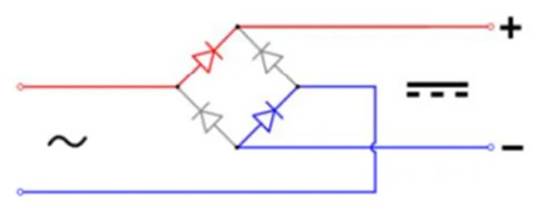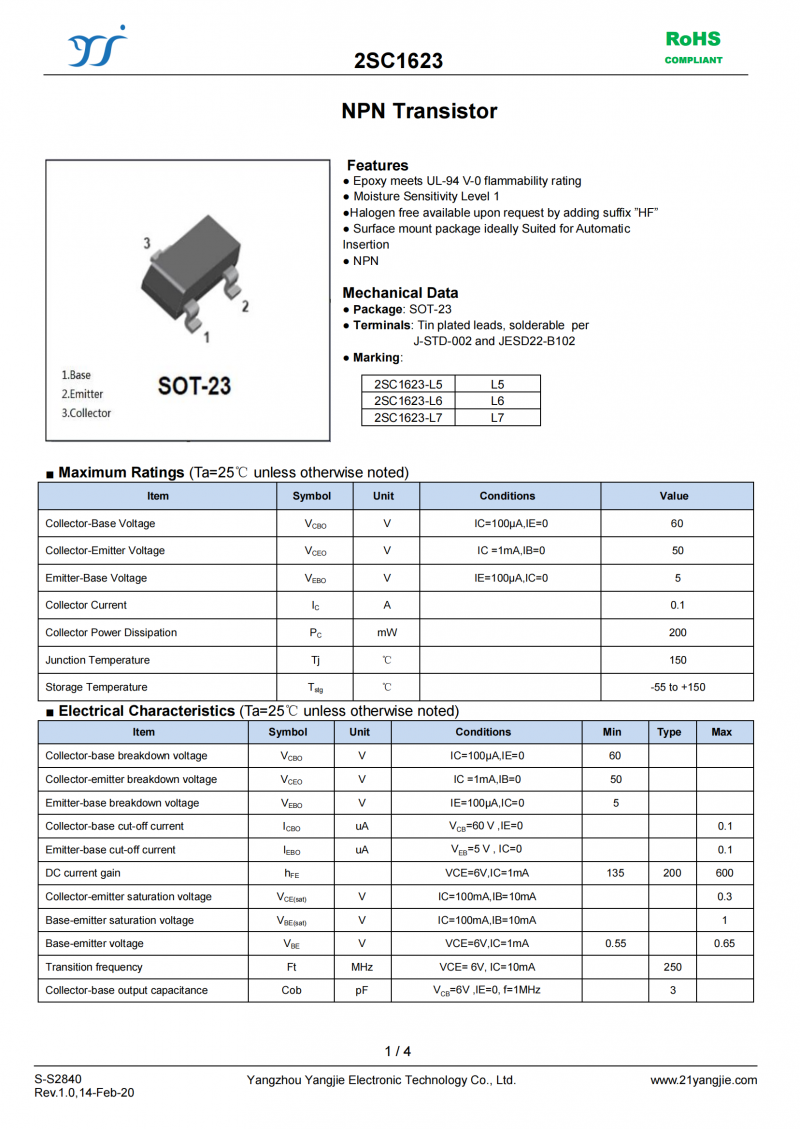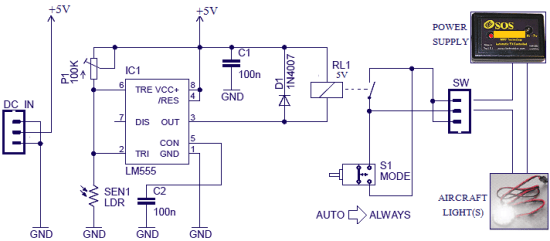单片机驱动规范PC机键盘的C51程序
//#i nclude”reg51.h”
#i nclude “intrins.h”
#i nclude “ku.h” //按键通码与ascii对照表
sbit sda= p1^0; //键盘数据线
unsigned char dat=0,dat1=0,dat2=0; //接纳键盘数据变量? 存储通码变量承受接连通码变量
unsigned char count=0,num=9,temp[5],shu=0; //中数次数 中止控制变量 缓冲区数组缓冲区指针
unsigned char key=0; //按键最终值
void zhongduan() interrupt 0 //外部中止0 用来承受键盘发来的数据
{
dat>>=1; //承受数据低->高
if(sda) dat|=0x80;
count++;
if(count==num)
{
if(count==9)
{
dat1=dat; //中止9次后为键盘所按按键的通码(开端位一直为0在第一次中止时右移中疏忽)
num=20; //使中止能够持续中止11次
}
if(count==20)
{
dat2=dat; //取回第二个通码
if(dat1==0xe0 || dat2==0xf0) //第一个通码是0xe0则证明所按按键为功能键,第二个通码是0xf0证明按键完毕
{
temp[shu]=dat1;temp[shu+1]=dat2; shu+=2; //将所按按键存到缓冲区中
ie=0x82; //封闭外部中止并翻开内部中止来处理所按按键
tr0=1;
}
else
{
temp[shu]=dat1;temp[shu+1]=dat2; shu+=2; //假如shift键被按下则记载与它一起按下的那个键
count=0;
}
if((temp[0]==18 || temp[0]==89) && (temp[2]==18 || temp[2]==89) ) tr0=1; //假如缓冲区中有两个距离的shift键则证明需求的铵键完毕
}
}
}
void getkey() interrupt 1 //内部中止0 用来处理缓冲区里的数据
{
unsigned char i=0;
tr0=0;
th0=0;
tl0=0;
count=0; //中止记数则0
if((temp[0]==18 || temp[0]==89) && temp[1]!=0xf0 ) //shift被按下
{
for(i=0;i<21;i++)
{
if(addshift[i][0]==temp[1]) //查找shift被按下的表
{
key=addshift[i][1];
ie=0x83; //翻开外部中止
return;
}
}
}
else if(temp[0]==0xe0) //所按下的按键是功能键
{
for(i=0;i<80;i++)
{
if(noshift[i][0]==temp[1]) //功能键的通码在缓冲区的第二位
{
key=noshift[i][1];
ie=0x83;
return;
}
}
}
else //一般按键
{
for(i=0;i<80;i++)
{
if(noshift[i][0]==temp[0]) //普按键的通码在缓冲区的第一位
{
key=noshift[i][1];
ie=0x83;
return;
}
}
}
for(i=0;i<5;i++)
{
temp[i]=0;
}
}








